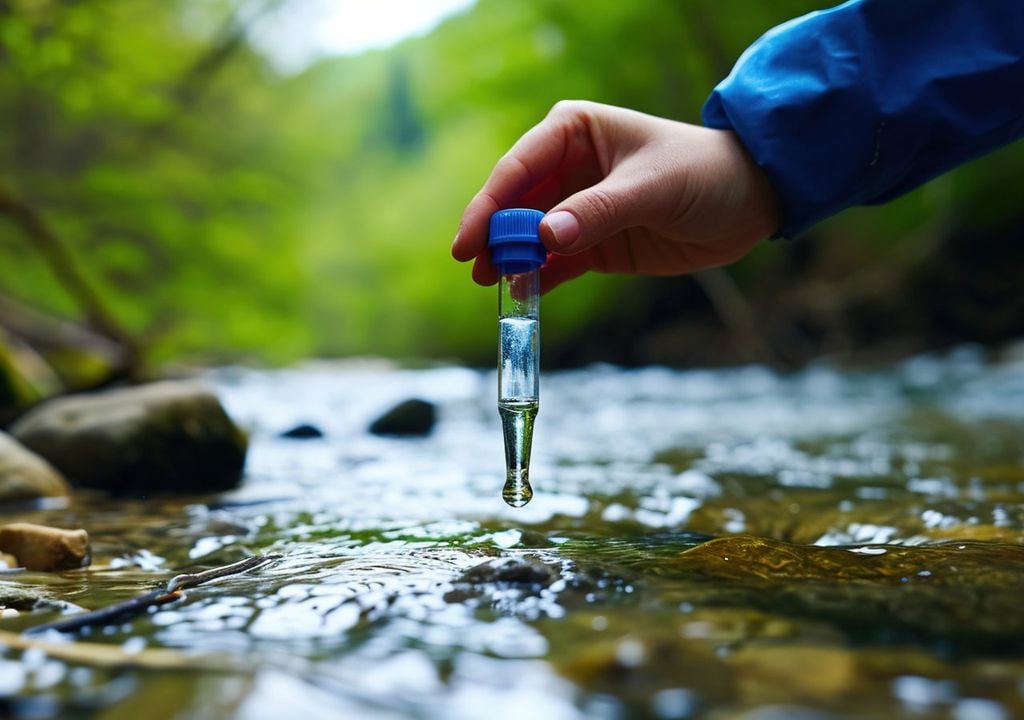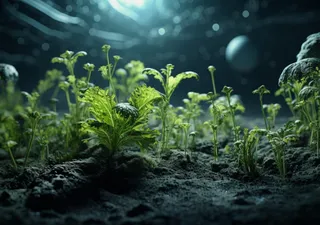Scientists of the world come together in an epic mission: to collect DNA from hundreds of lakes on the same day
This ambitious environmental DNA project promises to capture an unprecedented snapshot of global biodiversity and discover what is in the depths of more than 800 lakes.

Environmental DNA, or eDNA, has become the preferred tool to track the presence of species in different environments. From large bodies of water to the surface of the soil, and even in ice cores and air filters, this genetic trace leaves its mark and gives clues about the hidden presence of life.
Kristy Deiner, a pioneering environmental scientist at the Swiss Federal Institute of Technology, leads this monumental project. For her, eDNA marks a paradigm shift in the way we understand and monitor biodiversity. With the plus of being an economical, simple and non-invasive technique.
New map! We are closer to our goal, over 675 lakes are going to be sampled with #eDNA on world #biodiversity day with a collaboration that spans people from so many backgrounds! What we all share is curiosity about our Earth and all life that we share this planet with https://t.co/dr9bDVUEnE pic.twitter.com/ZckV7AWj42
— Dr Kristy Deiner (@alpineedna) December 13, 2023
The applications were sent everywhere, from the most remote confines of the world to the large urban centers, and the response was more than satisfactory: 600 people from 101 countries have already committed to collecting DNA samples from their local lakes, sending them to Zurich for analysis. And they hope to incorporate more participants.
Once a lake is assigned, volunteers will receive instructions and a water sampling filter. Everyone will try to collect their samples on the same day.When? May 22, which is the International Day of Biodiversity.
What is eDNA?
Environmental DNA, also known as eDNA (for its acronym in English, environmental DNA), is the genetic material found in the environment, that is, outside the body of organisms. It is released through excretions, dead cells or body fluids, and can be detected in samples of water, soil, air, snow and even sediments.
It has a wide range of applications in various areas, including:
- Biodiversity monitoring: allows you to identify and quantify the species present in an ecosystem, even those that are difficult to observe or detect by traditional methods. This helps to evaluate the health and composition of biodiversity in a given area.
- Detection of invasive or endangered species: it can be a powerful tool for the early detection of invasive or endangered species, which facilitates the implementation of control or protection measures.
- Ecosystem health monitoring: provides information on water quality, the presence of pathogens or contamination, which helps to evaluate the general health of an ecosystem.
- Scientific research: it is used in various investigations, such as the study of the evolution of species, the dynamics of populations and microbial ecology.
- Forensic applications: it can be used in forensic investigations to identify victims or perpetrators of a crime.
This technique, with its shortcomings and virtues, is booming and is already implemented in several activities. For example, in New York City, eDNA is being used to detect the presence of bull sharks in the waters of the port. In Yellowstone National Park, to monitor the populations of gray wolves. In the Amazon, it is used to study the diversity of fish, and in Australia to detect the presence of the poisonous cane frog.
But that's not all. Thanks to this technique, several species considered extinct have been discovered.
For example, in 2023 the rediscovery of the golden Winton mole was confirmed: a small mammal from South Africa that had not been seen since 1936. Similar happened with the Australian frog of Rabbs that was considered extinct since 1985 and in 2014 its DNA was detected in a water sample.
1/3 Passionate about #biodiversity? Join our global lake sampling on #WorldBiodiversityDay2024 and unravel #biodiversity with #eDNA Your contribution will shape the future of global biodiversity monitoring. #LeDNA pic.twitter.com/VUTIzxnMJ6
— Dr Kristy Deiner (@alpineedna) October 2, 2023
In addition to these species, other research found DNA from animals that are very rare and little studied, which has made it possible to expand knowledge about the distribution of those species and their conservation status.
It is important to note that the detection of environmental DNA does not always mean that a species is alive. DNA can persist in the environment for a while after the death of an organism. Therefore, it is necessary to carry out additional studies to confirm the presence before declaring it rediscovered.
This project is not only an unprecedented scientific feat, but also a sample of the power of global collaboration and the passion to understand and protect our precious ecosystem. And who knows what amazing discoveries await us in the depths of this huge aquatic world! We will surely know after May 22nd.
Reference of the news:
"Why citizen scientists are gathering DNA from hundreds of lakes — on the same day", Nature








